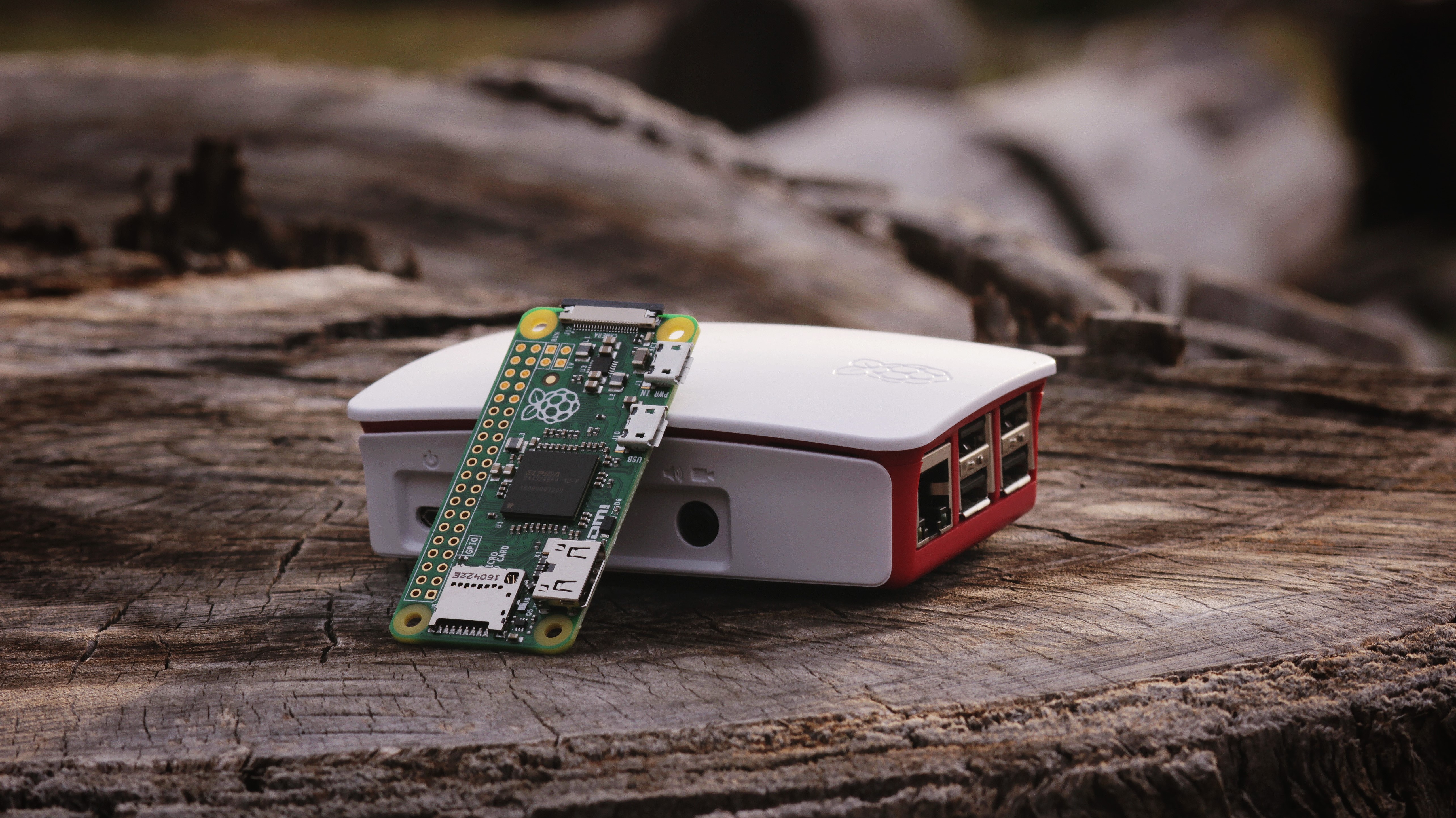Raspberry Pi can now detect malware without any software
New detection system scans for malware using electromagnetic waves

The Raspberry Pi is already a versatile single-board computer that can be used for a number of projects but researchers have now used one to create a new malware detection system without the need for any additional software.
A team of researchers from the Research Institute of Computer Science and Random Systems (IRISA) in France made up of Annelie Heuser, Matthieu Mastio, Duy-Phuc Pham, and Damien Marion have released a new paper detailing how they were able to accomplish this feat.
Unlike other malware detection systems that rely on software, IRISA's new system uses an oscilloscope (Picoscope 6407) and an H-Field probe in addition to a Raspberry Pi 2B to scan devices for specific electromagnetic (EM) waves.
Using EM waves to detect malware
IRISA's new malware detection system relies on an external oscilloscope and an H-Field probe to scan devices by looking for specific waves that indicate the presence of malware on an affected device. However, the research team was also able to “obtain precise knowledge about malware type and identity” from these scans.
At the same time, since no additional software needs to be installed, many obfuscation techniques used by hackers and cybercriminals are completely ineffective and can even be detected and analyzed by the system.
While the Raspberry Pi used in this project was trained using both safe and malicious data sets, the researchers also used Convolution Neural Networks (CNN) to evaluate the data for threats. In the end, the model used to train IRISA's malware detection system was up to 99.82 percent effective during testing.
While their detection system is far from being commercially deployed, it could potentially make things much more difficult for malware writers as they will also now need to figure out a way to hide their malicious code from EM scanners.
Are you a pro? Subscribe to our newsletter
Sign up to the TechRadar Pro newsletter to get all the top news, opinion, features and guidance your business needs to succeed!
We've also featured the best firewall and best malware removal software
Via Tom's Hardware
After working with the TechRadar Pro team for the last several years, Anthony is now the security and networking editor at Tom’s Guide where he covers everything from data breaches and ransomware gangs to the best way to cover your whole home or business with Wi-Fi. When not writing, you can find him tinkering with PCs and game consoles, managing cables and upgrading his smart home.
